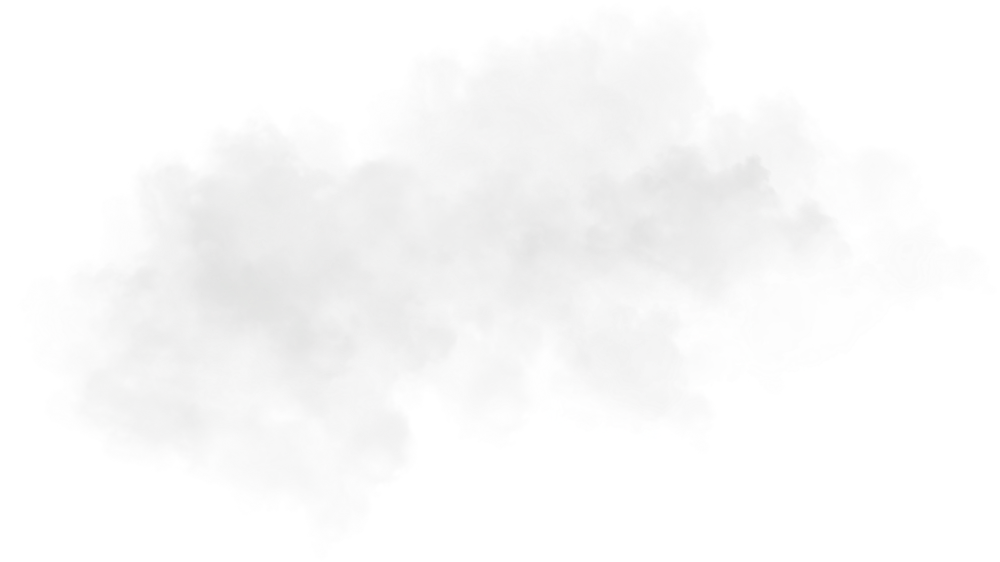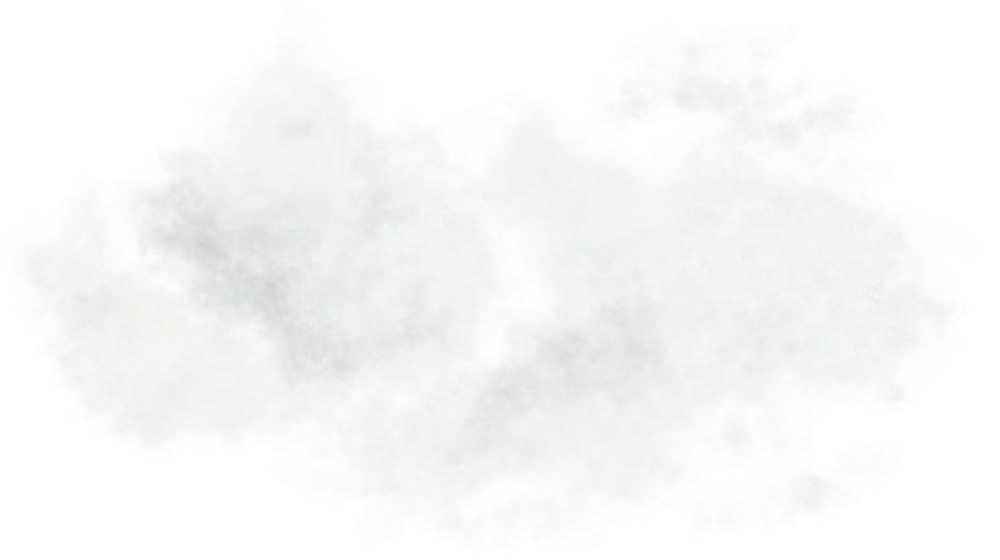Landof science
From the Earth’s crust, where our feet are anchored, to the celestial vault, as far as our eyes can see, science strives to understand the world around us. Sumène Artense, a true open-air laboratory, serves as a perfect terrain for observation, research, education, and experimentation.
Get your meteorology, astronomy, geology, and biodiversity guides ready!



Geologyat a glance
Over 10,000 years ago, a powerful ice cap retreated from the volcanic massifs, carving out the Sumène Valley and smoothing the granite plateau of Artense. As it moved, the glacier sculpted hills, dug depressions, deposited moraines, and carried gneiss, granite, and basalt boulders, scattering them across the landscape. The water collected in the basins gave rise to small lakes, peat bogs, and wetlands.
Rock is everywhere in Sumène Artense: in homes, scattered across fields, and in the countless dry-stone walls lining old pathways.
In Antignac, the House of Mineralogy showcases an extensive collection of minerals from metamorphic, volcanic, and sedimentary rocks found in Sumène Artense, the Cantal region, and beyond.

Peat bogsPeat bogs and biodiversity
Peat bogs are wetland environments characterized by water-saturated soil. In the absence of oxygen, bacteria and microorganisms form an accumulation of partially decomposed organic matter known as peat, which was once used as fuel. Remnants of glacial periods, peat bogs are home to plant species adapted to acidic conditions, such as sphagnum moss, marsh cinquefoil, water clover, and sundews—tiny carnivorous plants.
The peat bogs of Artense are at various stages of evolution. Some, like La Pignole and La Cousteix, remain in the lake-bog stage, while others, like La Morte, are nearing the end of their transformation.

Stargazing
The pristine skies of this “Little Scandinavia” make it an ideal location for observing the celestial vault. The region’s clean air—protected from industrial activity, pollution, and intensive agriculture—grants an exceptional level of transparency. Certain elevated areas of Sumène Artense, free from light pollution, offer perfect conditions for stargazing.
For astronomy and hiking enthusiasts, the “Chemin des Planètes” (Path of the Planets) offers a unique experience in Auvergne. This educational trail allows visitors to explore the Solar System at a scale of 1/1,000,000,000—one billion times smaller than reality.
The GERAM association (Group for the Study and Research in Astronomy and Meteorology) hosts an “Astro Café” every second Saturday of the month at the Museum of Storms and Lightning and organizes guided outings to explore the starry sky.

Stormchasers
Due to its geographical position, varied relief, and volcanic terrain, the Massif Central experiences unique thunderstorm activity. The volcanic mountains influence storm dynamics, leading to unpredictable consequences and altering lightning structures. The bolts can become highly erratic, taking unusual paths over several kilometers before striking mountain slopes in unexpected ways.
These exceptional local conditions led the Lightning Research Laboratory to establish itself in the Cantal region to study this atmospheric phenomenon. The Museum of Storms and Lightning in Champs-sur-Tarentaine-Marchal was created to share insights into these fascinating meteorological events.